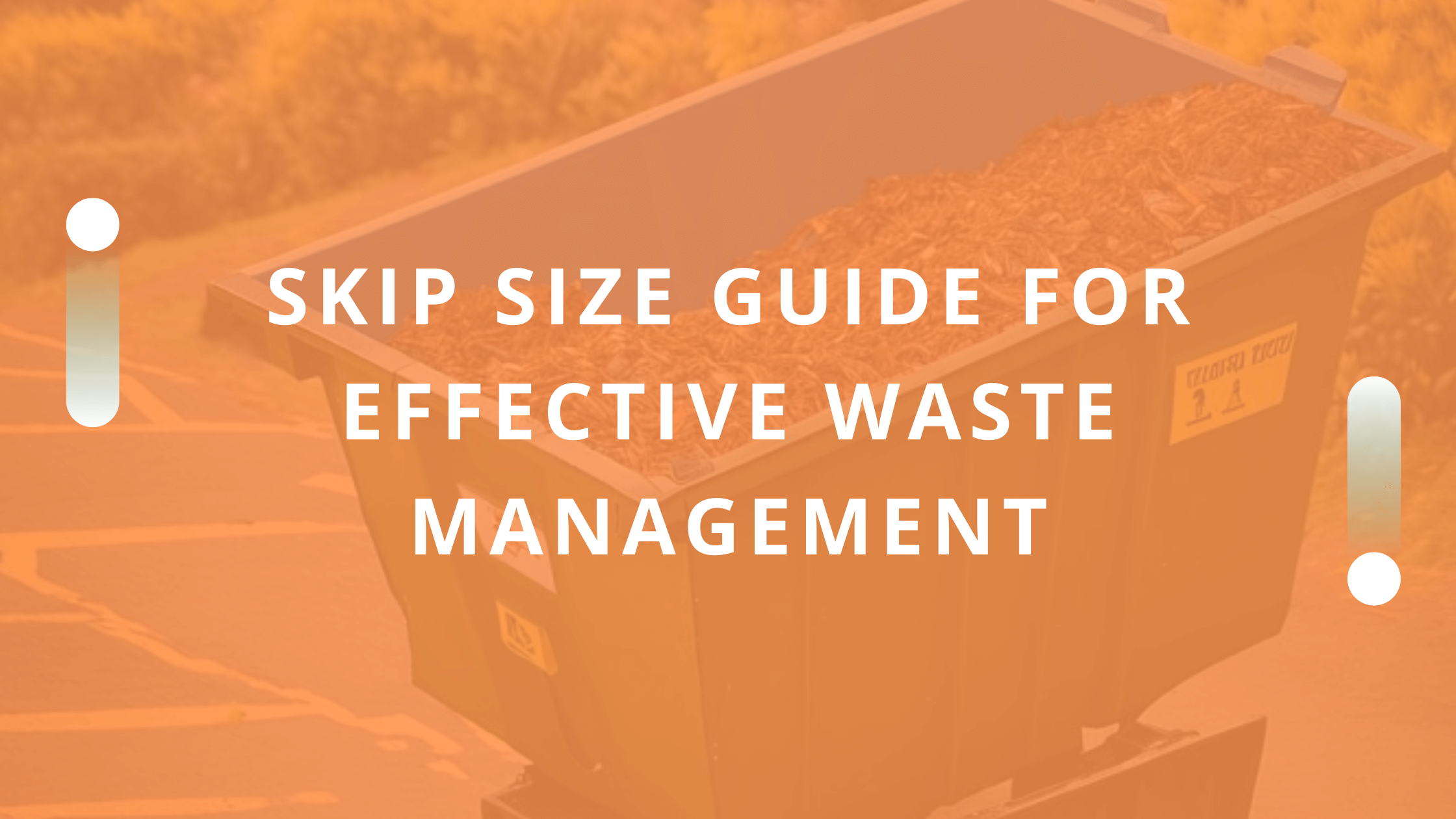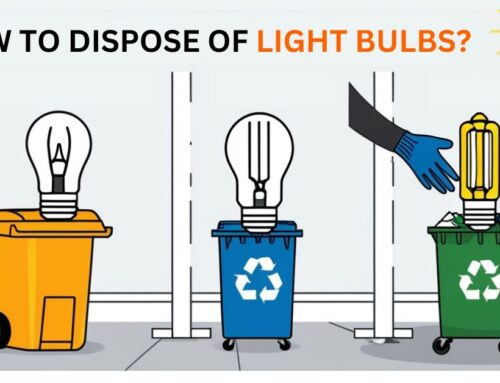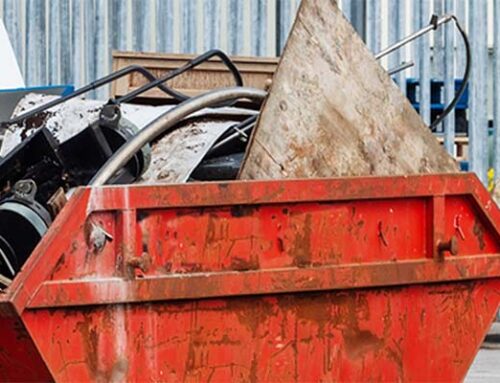When handling waste from home renovations, garden clean-ups, or large-scale construction projects, it is essential to choose the right standard skip size. The risks involved in hiring the wrong skip can lead to overflows, unnecessary aggregate costs, or space problems.
This skip size guide will help you understand the most popular waste skip sizes around in the UK and will help you determine the ideal option depending on the type and volume of waste for your project. So, whether you need a small skip hire, midi skip, or large skip hire, we provide this guide to ensure you know what to do to keep your space clean and take care of all the rubbish you have.
Before we jump into the different types of skips you can hire, let’s understand how they’re measured and what they can hold.
How Skip Sizes Are Measured (And What That Means)
How Are Skips Measured?
Skips are measured in cubic yards (yd³)—this simply refers to the volume of waste they can hold.
What Does That Mean?
To put it into perspective, 1 cubic yard can hold roughly 10 standard bin bags of waste. So, when you see a skip size listed in cubic yards, just multiply that number by 10, and you’ll have a rough idea of how many bin bags it can handle.
Now that we’ve got the basics covered, let’s dive into the most common skip sizes available for hire and what type of waste they’re best suited for.
Skip Size Chart – What Skip Do You Need?
Small Skip Hire (Ideal for Domestic & DIY Projects)
If you’re tackling small-scale home or garden waste, a small skip hire option is your best bet. These are compact, cost-effective, and perfect for light waste disposal.
2-Yard Skip (Mini Skip)
- Capacity: Holds around 20-30 bin bags
- Best for: Small household clearances, minor DIY projects, garden waste
- A budget-friendly option for minimal waste removal
4-Yard Skip (Mini & Midi Skip)
- Capacity: Holds around 40-60 bin bags
- Best for: Kitchen/bathroom refurbishments, moderate garden projects
- More space-efficient than the 2-yard while still compact
Midi Skip (Perfect for Builders & Heavy Waste)
For construction debris, heavy materials, or medium-sized renovations, midi skip hire is the ideal choice. These skips balance capacity and affordability.
6-Yard Skip (Small Builders Skip)
- Capacity: Holds around 60 bin bags
- Best for: Bricks, rubble, soil, heavy construction waste
- The largest size allowed for heavy waste disposal
8-Yard Skip (Large Builders Skip) – The Most Common Skip Size
- Capacity: Holds around 80 bin bags
- Best for: Home renovations, builders’ waste, light commercial use
- Largest skip size allowed on public roads (may require a permit)
Large Skip Hire (For Bulkier & Commercial Waste)
When tackling large waste removal, office clearances, or long-term construction projects, large skip hire provides the necessary capacity.
10-Yard Skip
- Capacity: Holds around 100 bin bags
- Best for: Shop clearances, bulky household furniture, office renovations
- Not suitable for heavy waste like bricks or soil
12-Yard Skip
- Capacity: Holds around 120 bin bags
- Best for: Large commercial waste, furniture, and packaging disposal
- Usually not permitted on public highways
14-Yard Skip
- Capacity: Holds around 140 bin bags
- Best for: Shop fittings, green waste, light construction debris
- More capacity without going into RORO skips
16-Yard Skip (Maxi Skip)
- Capacity: Holds around 160 bin bags
- Best for: Large renovation projects, furniture, industrial waste
- Not suitable for heavy waste like soil and bricks
Extra-Large Skip Hire (RORO Skips for Industrial & Construction Waste)
For massive waste disposal needs, Roll-On Roll-Off (RORO) skips are the best solution. These are used for high-volume commercial and industrial waste.
20-Yard Skip (RORO Skip)
- Capacity: Holds around 220 bin bags
- Best for: Large-scale construction, demolition, and heavy waste
40-Yard Skip (RORO Skip)
- Capacity: Largest available skip, holding 400+ bin bags
- Best for: Long-term waste management for businesses
How to Choose the Right Skip Size? Professional Guide
Not sure which skip size is best for your project? Follow these simple steps to ensure you get the perfect fit:
Estimate Your Waste Volume – Avoid hiring a skip that’s too small and overflowing or paying extra for one that’s too big.
Consider the Type of Waste – Heavy materials like bricks and rubble are best suited for midi skips, while large skips work well for bulky waste like furniture and garden debris.
Check Available Space – Make sure you have enough room to place the skip safely without causing obstructions.
Factor in Permits – If your skip is over 8 yards and needs to be placed on a public road, you may need a council permit.
Stay Within Budget – Larger skips cost more, so choose a size that fits your waste needs without overspending.
Need expert advice? Contact our local skip hire provider to find the best option for your project!
Common Mistakes to Avoid When Hiring a Skip
Avoid these pitfalls to ensure a smooth and cost-effective skip hire experience:
Picking a Skip That’s Too Small – Underestimating your waste volume can lead to overflow fees or needing a second skip.
Hiring a Skip Too Large – A skip that’s too big for your space can cause access issues or safety concerns.
Mixing Prohibited Waste – Items like hazardous materials, asbestos, and electricals are not allowed in standard skips and require special disposal.
Skipping the Permit – If your skip is placed on a public road, you may need a council permit to avoid fines.
Conclusion
Choosing the right skip size is essential for efficient and cost-effective waste disposal. Whether you’re clearing out your home, tackling a building project, or managing commercial waste, selecting the right skip helps you avoid unnecessary costs and hassle.
For dependable skip hire, Skip Hire Epsom offers a variety of skip sizes to match your project needs. With the right skip, you can keep your space clean and dispose of waste responsibly.




